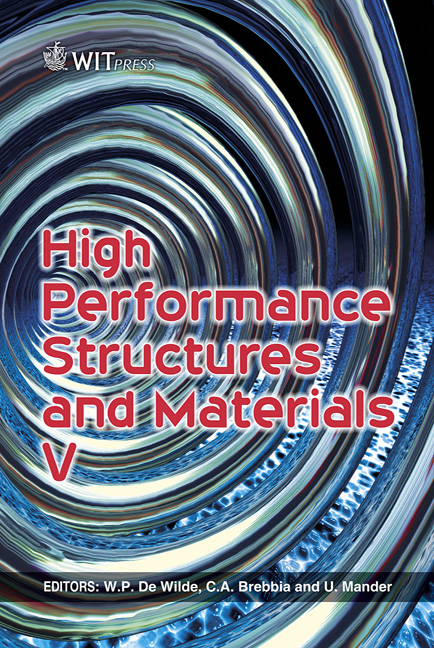Investigation On Modal Transient Response Analysis Of Engine Crankshaft Structure
Price
Free (open access)
Transaction
Volume
112
Pages
10
Page Range
419 - 428
Published
2010
Size
876 kb
Paper DOI
10.2495/HPSM100391
Copyright
WIT Press
Author(s)
M. S. M. Sani, M. M. Noor, M. S. M. Zainury, M. R. M. Rejab, K. Kadirgama & M. M. Rahman
Abstract
The crankshaft is a very crucial part in an internal combustion engine. This paper presents the findings of the mode shape and natural frequency of 3 cylinder 4 stroke engine crankshafts. Both experimental and computational methods were carried out to determine the modal parameter or dynamic characteristics, which are natural frequency, damping factor and mode shape. The prediction of the dynamic properties of the chassis is of great significance in determining the natural frequencies of the structure. The experiment is done by using an impact hammer to excite the crankshaft and data is recorded using a data acquisition system (DAS) connected to a sensor located on the crankshaft. Computational modal analysis on the crankshaft structure is simulated using finite element software. It can be seen from the results that there is a good agreement between the experimental and computational results in terms of modal parameter with a small discrepancy. The modal analysis techniques are essential for automotive crankshaft structure design. Keywords: natural frequency, mode shape, modal analysis, crankshaft, finite element. 1 Introduction In the Otto cycle engine or Internal Combustion Engine (ICE), a piston, or series of them, will reciprocate in a linear manner. Crankshaft linear motion needs to be translated into rotational motion in order for the power to be generated from the movement of the piston. Natural frequency is the frequency at which a system naturally vibrates once it has been set into motion. In other words, the natural
Keywords
natural frequency, mode shape, modal analysis, crankshaft, finite element





